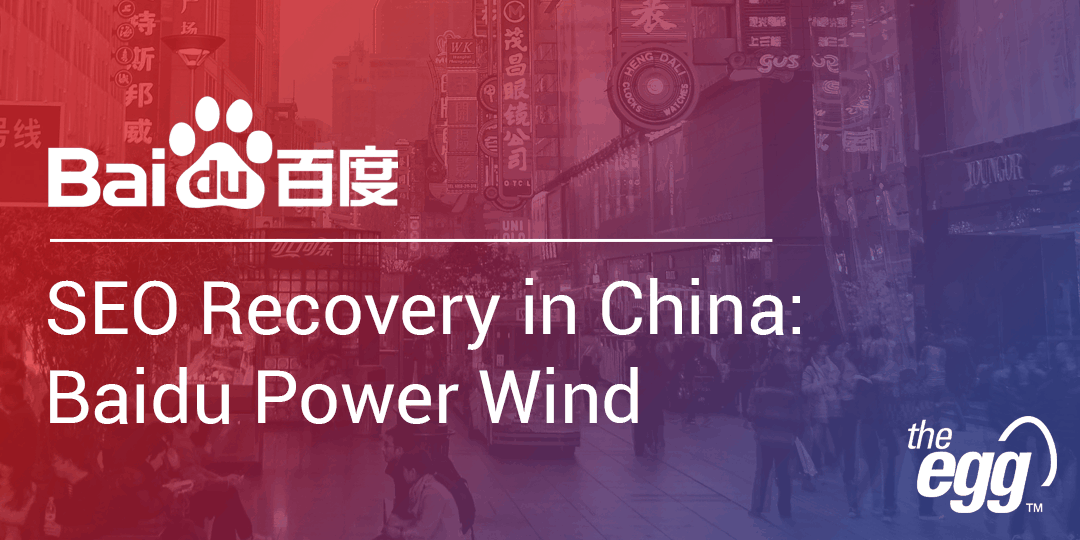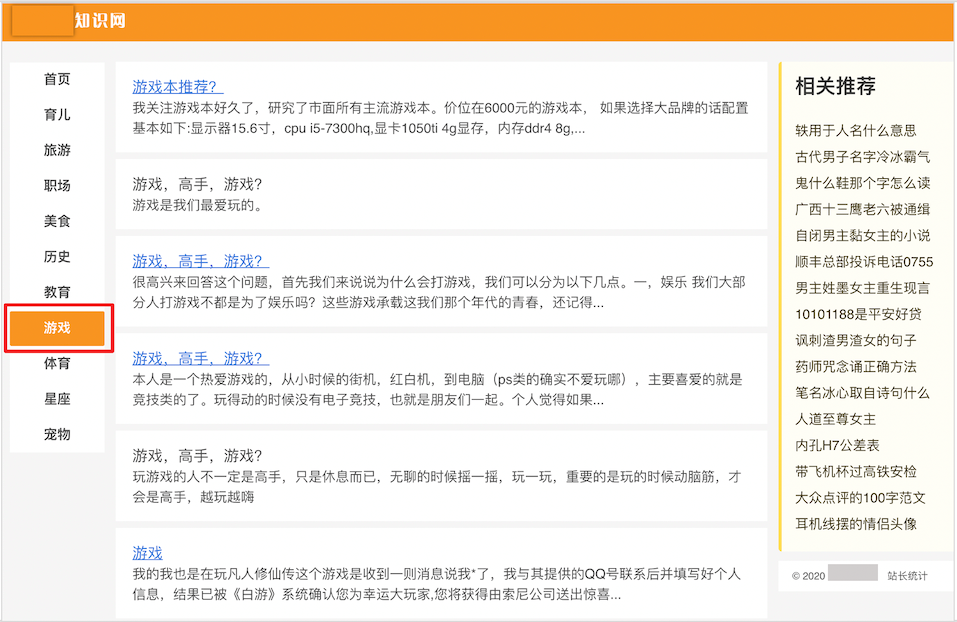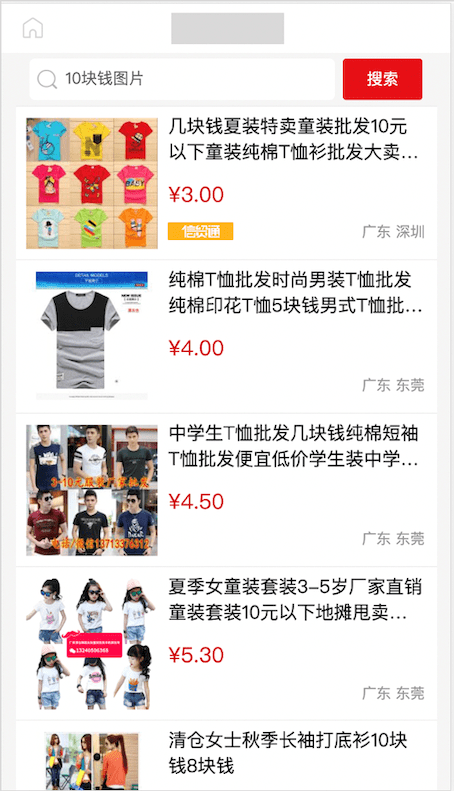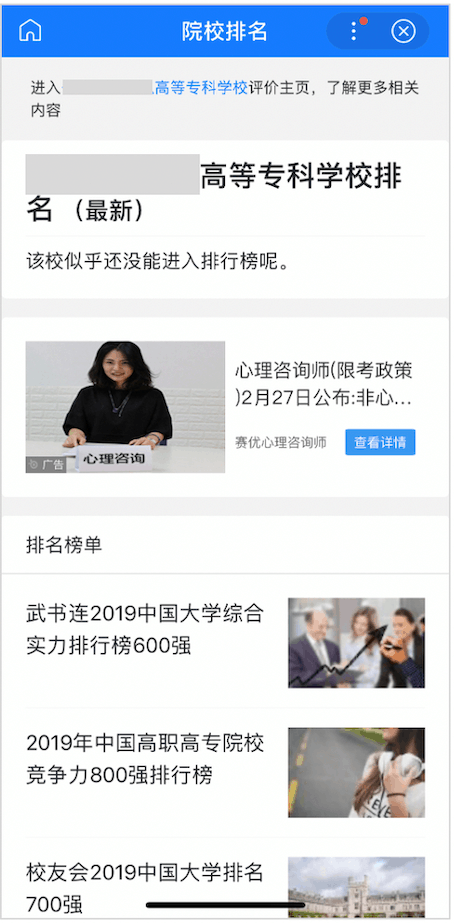While COVID-19 has no doubt affected many industries, domestic companies in China have resumed business with online marketing becoming ever more critical.
In digital marketing, search engines are a crucial channel. And in China, Baidu is the biggest search engine.
Today, let’s deep dive into Baidu’s new Power Wind search algorithm launched in the wake of COVID-19.
What is the Baidu Power Wind algorithm?
Baidu consistently updates its algorithm to ensure a strong user experience in its search results. Surfacing high-quality content is particularly important to ensuring a good UX.
But not all websites publish good content; in fact, some websites use malicious constructs to create aggregate content pages with no actual value at all just to attract clicks.
To address malicious aggregate pages, Baidu Search released a new algorithm called Power Wind. This algorithm covers all websites and smart applet resources within Baidu Search and penalizes maliciously constructed aggregate pages.
What is a malicious aggregation page?
An aggregate page is one that does not have actual content, but is rather an index of links to multiple external pages around a specific topic. It’s essentially an information integration page that collects content links. There are healthy and unhealthy aggregate pages.
Unhealthy pages use malicious constructs to aggregate links just to obtain search rankings and clicks. This type of malicious aggregation page generally has no relevant content and a poor UX.
Malicious aggregation includes the following four types:
Irrelevant Content
The content of the page does not match the overall site, the overall site does not have a dedicated field, and/or the content is mostly made up of collection from other sites.
Example: The content of the site is scattered
Mismatched Content
The content of the page does not match the title or the tags on the page.
Example: The content of the page does not match the title
Static Content
There is a static search results page generated by the website’s internal search function.
Example: Internal search function generates static search results page
Thin Content
The page is empty, has thin content, and/or no related information.
Example: Aggregate pages without valid information
Eradicating these four types of malicious aggregation pages is the main focus of Baidu’s new Power Wind algorithm.
How do I avoid being penalized by the Power Wind algorithm?
In general, we recommend removing low-quality aggregate pages altogether and ensuring that your pages are rich in high-quality content. Follow these steps to avoid fallout from Baidu’s Power Wind algorithm:
1. Review your website and remove malicious aggregation pages.
Even if you feel you don’t have malicious aggregation pages, it’s still best practice to review all your pages and remove any even borderline content. Quality is key, and Power Wind will find and penalize low-quality malicious aggregation.
2. Don’t create malicious aggregation pages in the first place.
It’s easiest for you as a webmaster, for your users as people, and for Baidu as a search engine if malicious aggregation just doesn’t exist in the first place. While search engine algorithms may make mistakes sometimes, it’s best to not take any risks—just create high-quality content at the outset.
3. Ensure your content is high-quality.
High-quality content means that the text, pictures, and videos on the page are highly correlated and the content answers the searcher’s query. These are the basics for users and Baidu to judge the quality of a page and whether or not it abides by Power Wind.
So, if your content is of high-quality, there’s no need to worry about this new algorithm.











